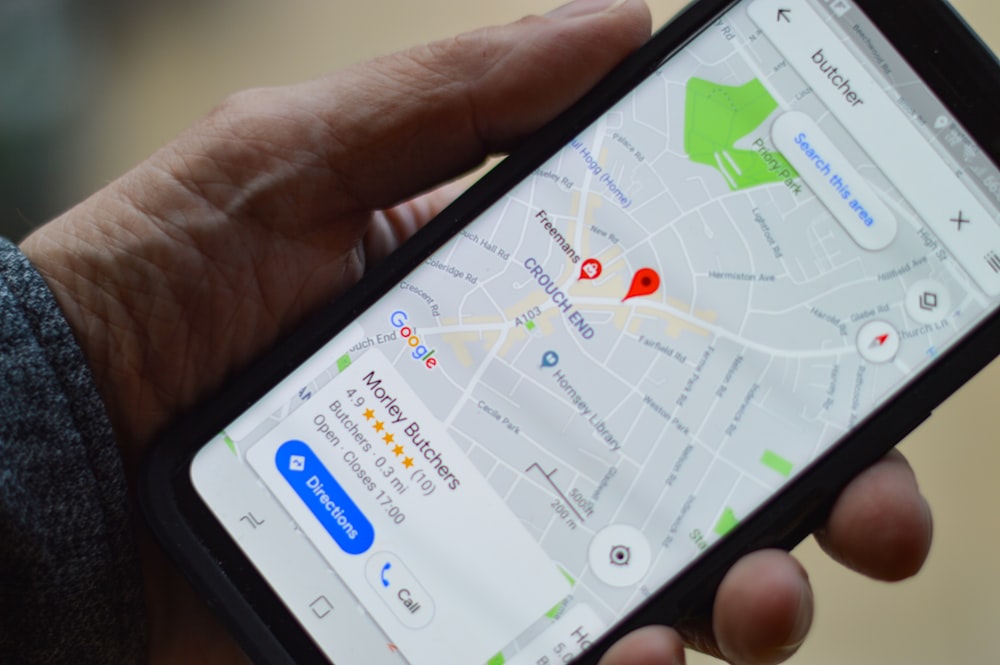Scottsdale Web Design – How to Build the Ideal Location Page? (Part 1)
There are many elements in the map pack ranking, but one of the most significant is getting a perfect landing page.
As SEO experts, we teach that good SEO execution is intended to fulfill the purpose for our clients and shareholders. Then, why don’t we apply the same reasoning in our location page?
Below, I’ve written a checklist answers regarding some feasible queries that people might be interested while reading about the company:
- NAP
This means name, address, and phone number/s. It should be the same as your location page, Google My Business profile and other documentation. Others say this is not important, but adding these things will not take much of your time, right?
- Pictures
The smart thing to have are interior pictures because it will aid your guests on what to anticipate especially if it pertains to the healthcare sector. It surely will be a very important element for the would-be client’s decision.
Exterior Pictures is equally vital for a location page optimization. This should have:
- Logo of the company and related signs.
- Parking space.
- Neighboring businesses especially if your location near prominent landmarks.
This is so helpful because new clients can easily spot you soon as they arrive in the area. This is great for a new company.
Editing the Meta Data of your Images
Your image should have that professional quality. The setback is, if you use a contemporary camera, you would naturally get huge file sizes.
A lot of this is due to the needless exaggerated meta data which are in the images. This could also have needless data like the kind of camera that was used to take the photo/s, date, location, and so on.
For times like this, ImageOptim can come in handy! It is free and open source software that can take out the meta data without losing quality. This means that the image quality NOT be affected when compressing the photos.
To add meta data to images like description, title, and location, you can use a web based exif editor, which is the exifer.net.
- Location
Most businesses does not know how to describe its location. On all location sites, a few places utilize the same definition and simply change the location’s name.
On Twitter, JR Oakes reminded everyone to make their location pages unique. He cited an example how to avoid screwing up the location pages. Below are some ideas on ways to do your descriptions as pertinent and as different from the others.
- Services: Are there any facilities that are incomparable to other locations?
- Products: If your place is a shop, what are a few important brands that people are looking for?
- Neighboring places: Do you have any other close location? If so, where is the next closest location?
- USP: So, what makes your shop different from your rivals in the same place?
- Menu: An essential item especially if you own a restaurant.
Guess, this is where part 1 ends. I will be with you again on How to Build the Ideal Location Page? (Part 2)

